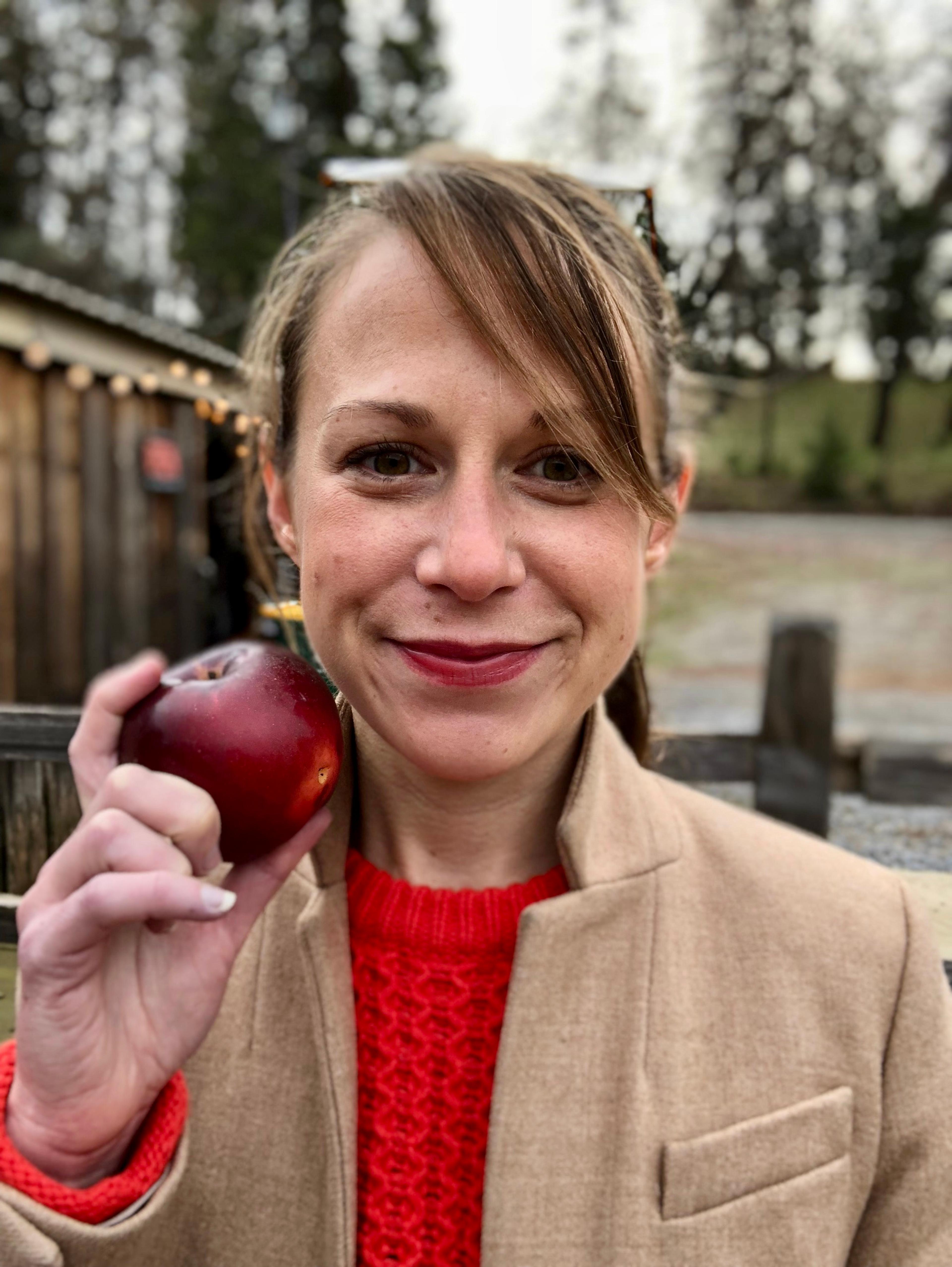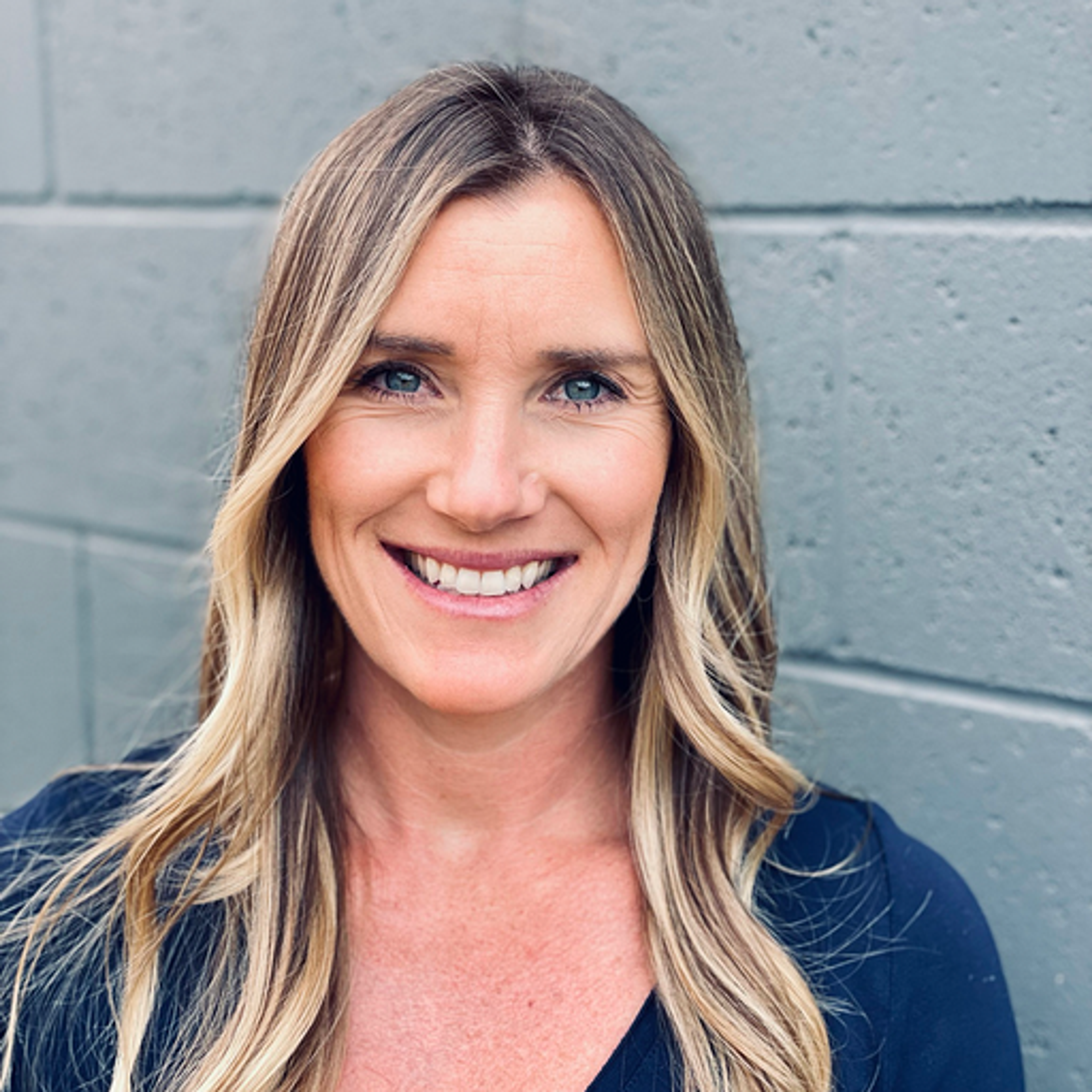


In 6th grade, I dressed up as a fortune teller for Halloween. I spent the weeks leading up to October 31th focused on various details of the night: my costume (where could I find a crystal ball?), who to trick-or-treat with (did I need to invite my neighbor?), whether or not my mom would allow a sleepover afterward (it was a school night!). But when my friends and I stepped out into the cool autumn air, plastic pumpkin buckets in hand, I remembered the other not-so-subtle detail about Halloween: candy. I was 11 years old and newly in the throes of undiagnosed anorexia. I panicked.
Throughout that evening, as my pumpkin filled up with Snickers and Skittles, my body filled with anxiety and my mind with thoughts about how I could avoid eating the candy, and what would happen if I couldn’t— and this coming Halloween, the same will be true for thousands of other young people in the grips of an eating disorder. The good news is that candy doesn't need to hold as much power as it did over 11-year-old me. By understanding the complexity of the moment, planning ahead, and offering support, family members of someone struggling with an eating disorder (or body image!) can help diffuse the tension of the candy-crazed holiday.
Why candy is so challenging…
To people without eating disorders, a fun-sized pack of Twizzlers might not seem like a big deal. But for someone living with an eating disorder, it can mean everything.
To understand why, it’s important to first understand the concept of fear foods. Fear foods are foods or food groups that trigger anxiety and discomfort in those with eating disorders, and tend to cause shame and guilt if consumed. While each person has their own unique fear foods, there are some that are particularly common: fats, fried foods, caloric drinks, and — you guessed it — candy. “Candy is a common fear food, whether people think they’ll lose control around it, or worry about weight gain,” explains Erin Reeves, RD, Director of Nutrition at Equip.
There’s also the fact that candy is increasingly demonized by our society, which spreads the word that eating candy is akin to smoking cigarettes, that a love for some processed sugar will spiral into a “sugar addiction”. Reeves concurs, explaining that society’s negative messaging around sugar can make the sheer volume of candy on Halloween feel overwhelming.
For those in recovery or struggling with body image, the sweets associated with the holiday may also carry an emotional resonance. Says Reeves, “Halloween candy can have a lot of memories attached to it, both positive and negative. It’s easy for the candy to trigger some of those memories – especially for someone in recovery, even if they feel like they’ve made a lot of progress.”
…And how to make it easier
Halloween doesn’t need to bring stressors just because candy has turned not-so-sweet.
Here is what family members can do to help their loved ones navigate the challenge of Halloween candy:
- Talk about it. It’s always easier said than done, but simply opening up a dialogue about Halloween candy can help your child feel supported — and seen. “It’s helpful to know rather than guess or assume,” says Reeves.
- Watch your words. Reeves advises that families pay attention to their own language and avoid phrases that imply candy is bad, such as I’ll just have one or I definitely need to go for a run after this. “The worst thing to do is fear and demonize the food,” says Reeves. “This creates a space of fear and anxiety.”
- Set boundaries. Trick-or-treating is not mandatory, nor is filling your home with candy for trick-or-treaters. You might choose to skip out on the event altogether — including turning your outside lights off — and plan another festive activity not centered around sweets: go on a haunted hayride, carve a pumpkin, watch a movie. If your loved one does want to go trick-or-treating or to a Halloween party, work with them to create boundaries that make them feel safer, like setting a time limit.
- Normalize candy throughout the year. “Candy is okay year-round,” says Reeves. “Enjoying candy is something that should be incorporated all the time. It’s important to help kids have a healthy relationship with all foods. This helps decrease behaviors like compensating for intake, secretive or shameful eating, and bingeing.” In practical terms this means not restricting or hiding candy or other sweets throughout the year.
- Ensure adequate nutrition throughout the day. If your loved one plans on going trick-or-treating or out to a Halloween party, it’s essential to help them eat regular meals and snacks in the hours beforehand, says Reeves. People with eating disorders may be tempted to “save up” for sweets later in the day rather than eating normally, which almost inevitably leads to more disordered behavior and psychological distress down the line .
- Use it as an opportunity. As Halloween approaches, family members might be wondering whether it’s better for their loved one to skip the candy altogether, or use the holiday as an opportunity to face a challenge by incorporating candy into their meal plan. “Avoiding vs facing the fear food depends completely on where someone is at in their relationship with that food and what support they have,” says Reeves. “It’s always great to lean into a challenge, and the best way to do that is to cope ahead, which starts with making sure that nutrition intake has been solid all day.”
Halloween is meant to be fun, even silly. But if your family is dealing with an eating disorder, it might have a different tone this year — and that’s okay. Remember, the holiday is happening around you, not to you; if and how you and your family chooses to participate is completely up to you. In the end, prioritizing recovery will not only mean an easier Halloween for your loved one this year, but also the opportunity to have less complicated (and more fun!) Halloweens in the future.







